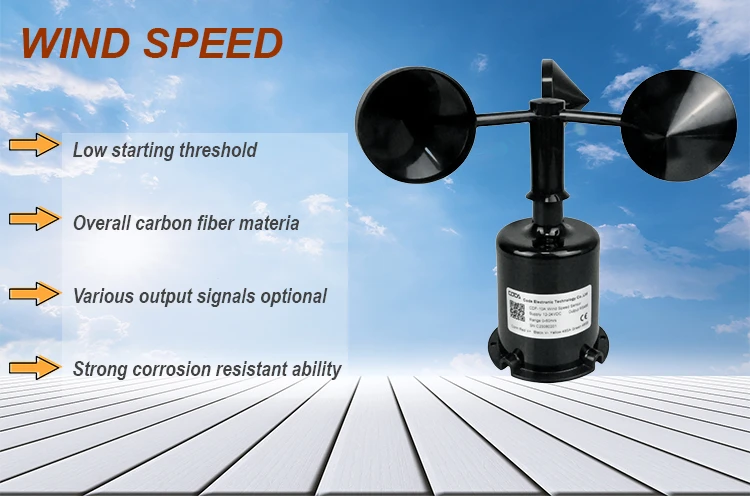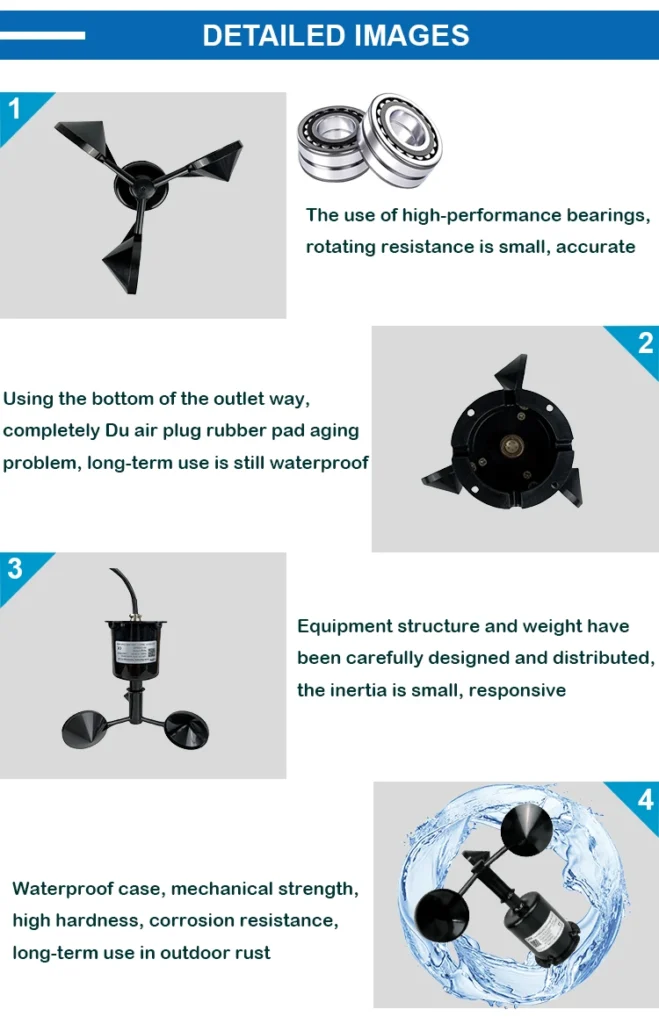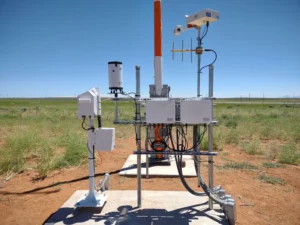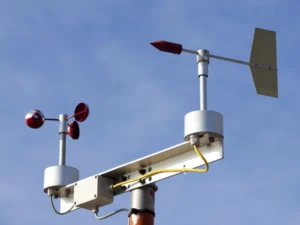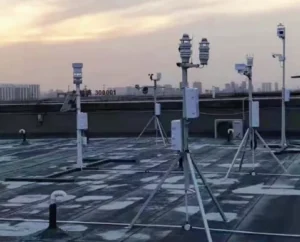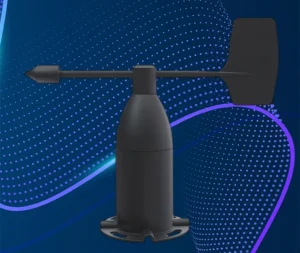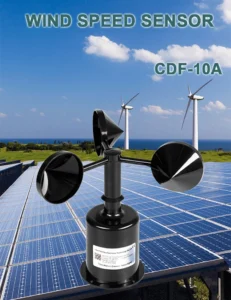How to use an cup anemometer measure wind speed instrument ?
What measures wind speed ? An cup anemometer work is an instrument for measures wind speed. Wind speed accurately measuring device often uses the wind cup model. People commonly find this model in weather stations. This consists of three parabolic cone-shaped cups fixed on a bracket, each at a 120° angle. These cups have concave surfaces all facing the same direction. The whole setup is on a vertical axis. This lets the cups spin when the wind blows. The speed of rotation depends on how fast the wind is.
To effectively measure wind speed using an anemometer, follow these steps:
1.Before you start, check that the fan is working well. Measure the size of the air vents and ducts you will look at.
2.In unidirectional flow (laminar flow) clean environments, find the air volume. Multiply the average wind speed by the section’s clean product. Find a sampling section at 0.3 meters across the airflow. Place at least 5 test points that are evenly spaced. Make sure the points are no more than 0.6 meters apart. Calculate the average wind speed by taking the arithmetic mean of all readings. For vertical flow clean rooms, use a horizontal section of 0.8 to 1 meter on the ground. For horizontal flow clean rooms, take a vertical cross-section of 0.5 to 1 meter at the air supply surface. Use at least 10 test points. Space these points no more than 2 meters apart and distribute them evenly.
3.To find the air flowing volume for vents with filters, multiply the average accurate wind measurement speed by the vent’s area. Obtain this average speed of the wind from no fewer than 6 evenly spaced test points on the vent section.
4.If there is a long branch section on the incoming side of the vent, you can use the duct method. This method helps you find the air volume if you make holes or if holes exist. Punch holes before the outlet at least three times the pipe diameter or edge length.
5.For rectangular ducts, split the measured section into several equal smaller moving parts. Make each part as square as possible, with sides no longer than 200 mm. Place one test point in the center of each small section. Make sure there are at least three test points in total for the whole section. For circular ducts, use the equal-area ring method for dividing sections and selecting test points. Make a hole in the duct’s outer wall. Then, insert a thermal mechanical type of anemometer probe or pitot tube anemometer wind. This will help you measure dynamic pressure and convert it to air volume.
